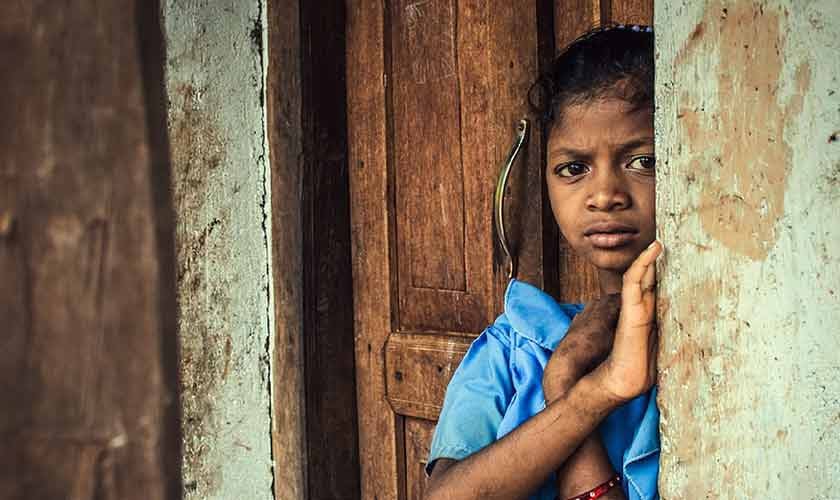
The Social and Economic Future of Pakistan: Why Tackling Child Stunting is Crucial
The social and economic future of any country is directly tied to the health and wellbeing of its children. If the coming generation is healthy, then the country’s future is secure. However, if children suffer from malnutrition and resulting stunted growth, the future of that country becomes neither resilient nor sustainable. Pakistan is no exception to this reality.
According to the World Bank Group, 40 percent of children under five in Pakistan suffer from stunted growth. Alarmingly, not enough progress has been made over the past 30 years to mitigate this issue. Our children deserve better.
What is Child Stunting?
The World Health Organization (WHO) defines stunting as reduced growth and development in children due to poor nutrition, repeated infections, and insufficient opportunities to play and learn. The first 1,000 days of a child’s life—from conception until the child turns two—are critical to preventing stunting.
If stunting occurs during this period, it leads to adverse functional consequences such as poor cognition and educational performance, lost productivity, and lower adult wages.
Why Pakistan Needs to Act Now
For Pakistan to embark on sustainable social and economic development, it must ensure pregnant women, mothers, and children receive adequate nutrition. It is equally important to prevent repeated infections among children.
The WHO reports that each day in Pakistan, 27 mothers and 675 newborns (under one month old) die from preventable complications. This highlights a dire need for improved healthcare and nutrition.
As per the United Nations, sustainable development is defined as development that meets the needs of the present without compromising the ability of future generations to meet their own needs. To truly embrace sustainable development, Pakistan must prioritize the wellbeing of future generations.
Eradicating Stunting: A Systematic Approach
Tackling stunting requires a comprehensive strategy addressing multiple problems simultaneously.
1. **Boost Agricultural Production Responsibly**
Initiating a green revolution to produce twice the current amount of food from existing resources is essential. However, according to the Food and Agricultural Organization (FAO), agriculture is also a major contributor to eutrophication in surface water. Therefore, while increasing food production, we must protect our water bodies and ensure the availability of safe drinking water—since waterborne diseases remain a leading cause of childhood mortality and impaired growth.
2. **Enhance Healthcare Access Through Mobile Hospitals**
To prevent repeated infections in children, promoting mobile hospitals is crucial. These facilities must be equipped with proper air-conditioning to prevent wastage of medication and vaccines during transport. The WHO states that vaccines lose their effectiveness much faster at temperatures above +8 degrees Celsius. Maintaining steady air-conditioning in mobile hospitals will preserve these vital medicines, helping avoid recurrent infections among children across Pakistan.
3. **Improve Educational and Play Facilities**
Children require environments where they can both learn and play to reach their full potential. All schools should have proper playgrounds, and both pre-schools and schools must adopt educational models ensuring equal opportunities for learning and play.
Conclusion
We cannot take our future generation for granted and still hope for sustainable development. Pakistan’s long-term social and economic prosperity depends on our commitment today to eradicate child stunting and build a healthier, more resilient future for all.
https://www.thenews.com.pk/tns/detail/1345103-for-futures-sake





